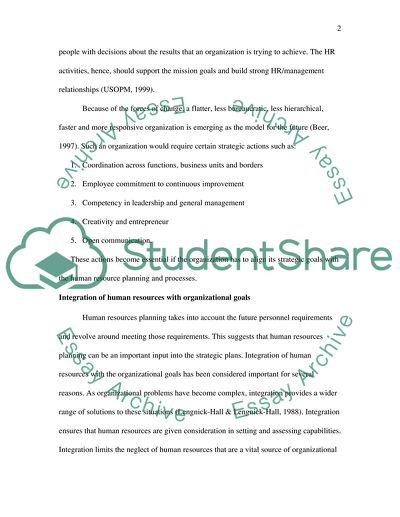Cite this document
(Human Resource Planning - Need for Strategic HR Assignment, n.d.)
Human Resource Planning - Need for Strategic HR Assignment. Retrieved from https://studentshare.org/human-resources/1731044-what-is-human-resource-planning-explain-how-this-process-may-be-aligned-to-or-integrate-with-strategic-planning-in-an-organisation
Human Resource Planning - Need for Strategic HR Assignment. Retrieved from https://studentshare.org/human-resources/1731044-what-is-human-resource-planning-explain-how-this-process-may-be-aligned-to-or-integrate-with-strategic-planning-in-an-organisation
(Human Resource Planning - Need for Strategic HR Assignment)
Human Resource Planning - Need for Strategic HR Assignment. https://studentshare.org/human-resources/1731044-what-is-human-resource-planning-explain-how-this-process-may-be-aligned-to-or-integrate-with-strategic-planning-in-an-organisation.
Human Resource Planning - Need for Strategic HR Assignment. https://studentshare.org/human-resources/1731044-what-is-human-resource-planning-explain-how-this-process-may-be-aligned-to-or-integrate-with-strategic-planning-in-an-organisation.
“Human Resource Planning - Need for Strategic HR Assignment”, n.d. https://studentshare.org/human-resources/1731044-what-is-human-resource-planning-explain-how-this-process-may-be-aligned-to-or-integrate-with-strategic-planning-in-an-organisation.


